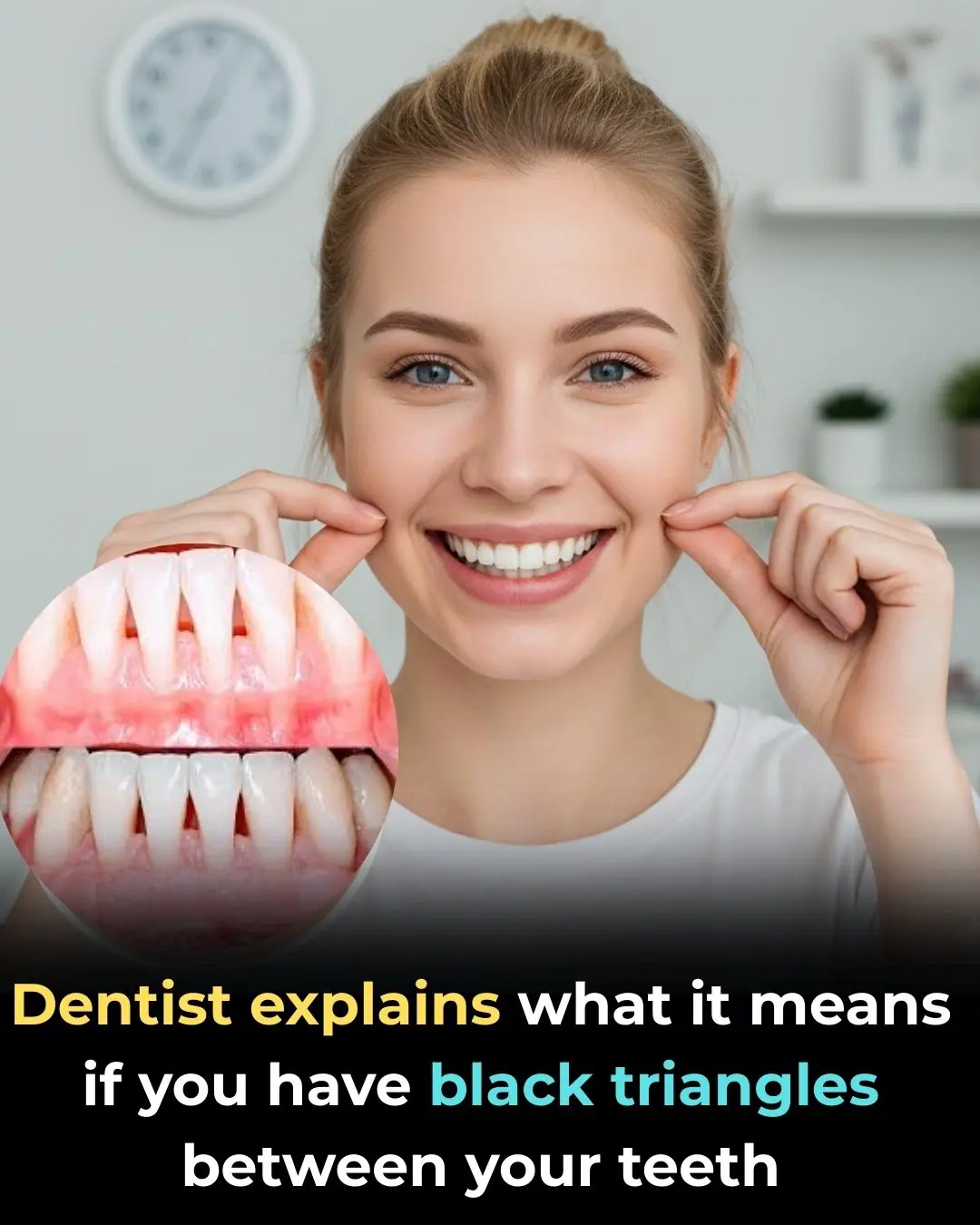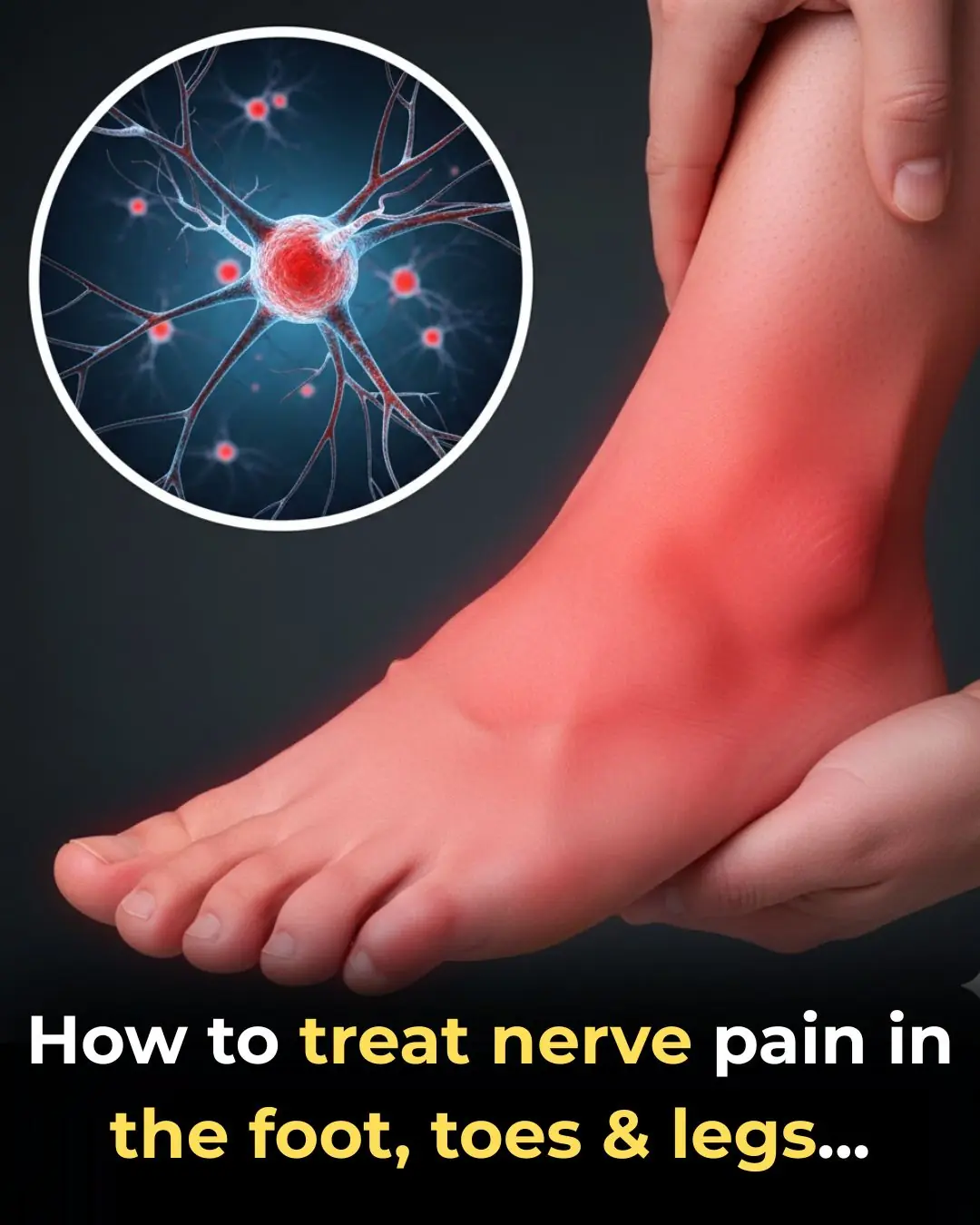What Are the “Black Triangles” Between Your Teeth …and Should You Be Worried
Many people invest significant time and money into achieving the perfect smile — from braces and whitening treatments to regular dental checkups and cleanings. But even with the best oral care, certain changes can appear as we age. One common concern? Those small black triangles that form between teeth.
While they might look alarming, these gaps are more common than you’d think — and they’re not always a cause for concern.
An Expert’s Insight
Dr. Abdul Azizi, Principal Dentist at Harley Private Dental Clinic in Sheffield, England, explains that these black triangles are simply spaces that develop near the gum line. With a background in biomedical science and a Bachelor’s in Dental Surgery, Dr. Azizi leads a team specializing in both general and cosmetic dentistry.
According to Dr. Azizi, these gaps are not inherently dangerous, but they can signal underlying oral health issues. “Black triangles between your teeth are not inherently dangerous but may indicate oral health concerns such as gum disease or recession,” he explains.
They can also trap food and plaque, making them more noticeable. While poor hygiene can contribute, other factors like genetics, tooth shape, size, and positioning often play a role. Although the issue is often cosmetic, untreated gaps can sometimes lead to cavities or gum complications if not monitored.
Another Expert’s Take
Dr. Anna Peterson, a popular dentist known for her educational TikTok videos, offers a slightly different perspective. In some cases, she says, black triangles can actually be a positive sign — particularly after periodontal (gum) surgery.
Dr. Peterson explains that after inflammation reduces, the gums naturally shrink slightly, creating small spaces between the teeth. This can be a normal part of the healing process.
She also emphasizes prevention, encouraging patients to maintain good oral hygiene through regular brushing and interdental cleaning. “The key is to keep your gums healthy and prevent inflammation before these gaps form,” she says.
What Else Causes Black Triangles?
Beyond natural aging and gum health, other factors can increase the likelihood of developing black triangles. According to sources like Colgate, contributing causes may include:
- Pregnancy or hormonal changes
- Diabetes and other medical conditions
- Tobacco use
- Aggressive brushing or flossing
These factors can all affect gum tissue health and tooth alignment, emphasizing the importance of maintaining overall health — not just oral hygiene.
Prevention Tips
Dr. Peterson recommends cleaning between your teeth at least once a day using floss or an interdental brush. Regular dental checkups (ideally once or twice a year) are essential for early detection of gum recession or disease.
A few simple habits can go a long way:
- Brush twice daily with a soft-bristled toothbrush.
- Use fluoride toothpaste.
- Avoid smoking or using tobacco products.
- Eat a balanced diet rich in vitamins and minerals that support gum health.
Treatment Options for Black Triangles
If black triangles have already appeared, there are several treatment options depending on the cause and severity. Dr. Azizi notes that possible solutions include:
- Orthodontic correction to realign teeth
- Gum grafting to restore lost tissue
- Dental bonding or veneers to close visible gaps
- Hyaluronic acid injections, a newer approach still being studied for long-term effectiveness
“The best approach to address black triangles depends on the underlying cause and your specific oral health concerns,” Dr. Azizi advises. A professional consultation is essential to determine the most suitable treatment plan.
The Bottom Line
While black triangles may be frustrating from a cosmetic standpoint, they don’t always indicate serious dental problems. Still, they can reveal subtle changes in your gums and teeth that deserve attention.
Aging and lifestyle factors can naturally impact your smile — but with consistent care, regular dental visits, and a healthy routine, you can keep your teeth strong and your gums healthy for years to come.































